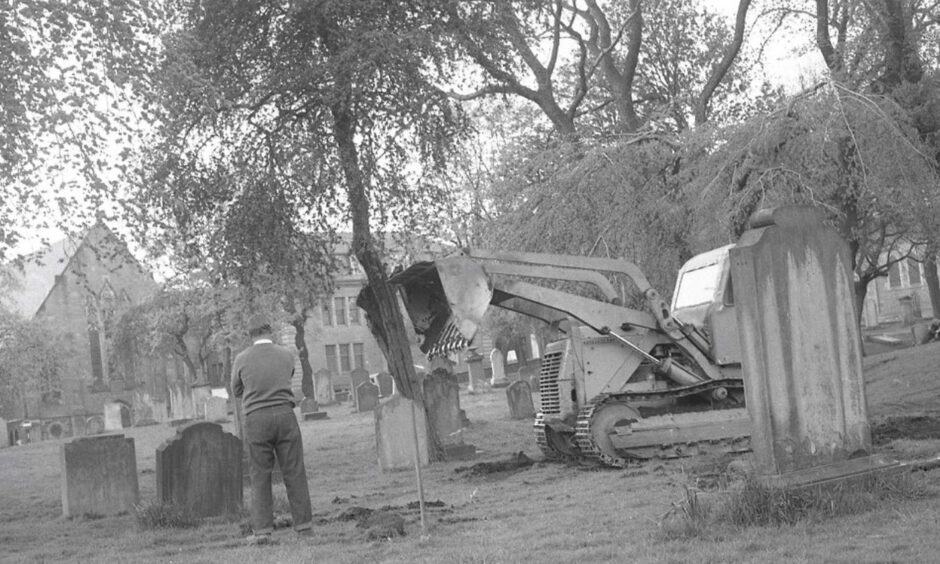
We think that once the dead are buried they will remain there forever.
But this isn’t always the case.
Take what happened in Dundee 50 years ago.
Some 10,000 bodies from the New Howff were dug up amidst howls of opposition to make way for the building of the multi-storey car park at Bell Street.
The deported dead were re-interred in a mass grave at Eastern Cemetery.
The New Howff was built on the west side of Constitution Road and opened at the beginning of April 1836 as an extension to the Howff a few hundred yards away.
It was proposed that the land be laid out as a cemetery following the style of the Père Lachaise Cemetery in Paris, with winding walks and chosen trees, and this was carried out by James R Findlater, civil engineer and architect, who also designed the Western Cemetery on the Perth Road.
Each plot was split into three separate graves, each containing up to 10 people.
The first burial was that of Margaret Mill on April 6 1836.
She was the 82-year-old wife of shoemaker James Finlay and she was born in Errol.
New Howff was a casualty of rebuilding
Although general burials at the New Howff stopped around 1882, a further 420 interments took place because the right for plot owners to be buried there remained.
The final burial was the cremated remains of Elizabeth Just Niven on March 29 1938.
Miss Niven was born in Dundee in 1856 to merchant and ship chandler David Barclay Niven and his wife Agnes Christian Just.
She left a will of £400.
It is estimated there are as many as 30,000 entries for the New Howff in the burial registers kept by Dundee City Council.
The cemetery was still being actively maintained in 1956.
Towards the end of the 1950s and beginning of the 1960s much of Dundee’s historic city centre including the Overgate was levelled and rebuilt in the name of progress.
A special committee in October 1961 approved a recommendation to utilise a portion of the New Howff for the proposed inner ring road and for the use of parking facilities.
The church authorities sanctioned the use of the ground for “other purposes” as it had been a civic burial ground.
Local ministers were said to “feel there is nothing sacrilegious about the conversion” and arrangements were therefore made to re-inter remains in the Eastern Cemetery.
The Courier in August 1962 said they would be re-interred “in a part specially set aside for the purpose” unless their relatives wished to exhume and re-bury themselves.
Collect your dead?
Nobody seemed to appreciate the costs involved with removing the bodies elsewhere.
Things went quiet.
The question of what to do with the remains was the scene of several skirmishes.
The car park was approved in March 1963 although digging up the 10,000 bodies and moving them to Eastern Cemetery had now proved too costly to be justified.
So they would remain where they were.
For now.
From cemetery to car park
The headstones were pulled down and by May 1963 references to a cemetery had ceased with the surface level car park opening for 80 cars on June 7 1963.
Only two feet of soil was removed when the ground was levelled, avoiding the disturbance of any remains, with the surface being made of chips and ashes.
Three entrances were constructed at Bell Street, Constitution Street and Dudhope Crescent Road along with adequate signage and capacity increased to 350.
The car park remained in use during the 1960s.
Growing car ownership brought the need to provide more space for vehicles and it was decided that building upwards was now the answer at West Bell Street.
Approval for a multi-storey car park was given in 1971.
The project would cost £500,000.
The site was carefully chosen, as it would provide what was described as much-needed long-term parking for a large number of cars within about a seven minute walk from the city centre, while at the same time being situated alongside the new ring road.
The Constitution Road car park closed in October 1972 to allow the construction of the multi-storey car park after the contract was awarded to Charles Gray (Builders) Ltd.
Exhumations took place in 1973
Exhumations were carried out by the parks department behind a fence before the end of 1973 with the remains being moved to a common plot at the Eastern Cemetery.
Great care was taken both by the local authorities and the builders who approached the job and only a single request was apparently received to re-bury a loved one.
As soon as all these matters had been dealt with, work was started on the creation of a new ground level car park and a hard surface was then laid over most of the site.
The rest of the spiral structure followed and the new £500,000 multi-storey car park was officially opened by Lord Provost Tom Moore on Friday August 23 1974.
It was the first of a number of car parks which would eventually be located at strategic positions across the city “as part of a progressive plan of modernisation which firmly accepts the car’s vital role in the life of a modern community”.
The new car park was one of a series of projects started as a direct result of the UK Government’s Public Works programme, which was intended to provide extra employment in certain selected areas.
The completed building was “aesthetically pleasing as well as being highly functional”.
The size of the new building was limited to six storeys in consideration for the surrounding buildings.
As far as the design was concerned, “care was taken to ensure that the basic concrete structure was pleasing to the eye”.
In 1974 you parked in the car park before picking up a pay and display ticket.
Parking machines were located on each floor of the park.
How much would a space set you back in 1974?
It was 10p per day during the week and 5p on weekends.
Season tickets were also available at £2.50 per month and these allowed “unlimited parking during the hours which the park operates”.
The three lifts serviced all the floors except the roof car park and the entire building was “floodlit at night by lamps fixed at rooftop level shining downwards”.
It was an image of modernisation when it was built.
A tiny section of the New Howff remains
Only a section of the New Howff survived along with a few of the original headstones which can be found running along a wall on the western edge of the car park.
But elsewhere, some remains are thought to still be in situ.
One such resting place, over the wall, originally the prison yard, now Police Scotland Dundee HQ, is that of William Bury who was suspected of being the notorious serial killer Jack the Ripper.
He was hanged in private for the murder of his wife, Ellen, in 1889 and was the last person executed in Dundee.
Bury allegedly confessed to being Jack the Ripper shortly before his execution.
His proximity to Whitechapel at the time of the Ripper murders, his violent nature and the murder of his wife all contributed to him being suspected of being the anonymous London killer – but the Ripper crimes remain unsolved to this day.
Over the years there have been many stories of muffled cries, sobs and wailing that emanate from Bell Street car park.
The ghosts of the past?
Or just the shrieks of derision over the cost of parking?
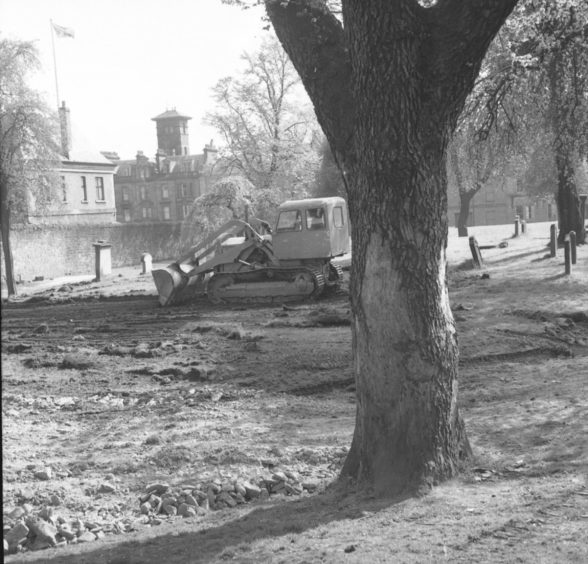
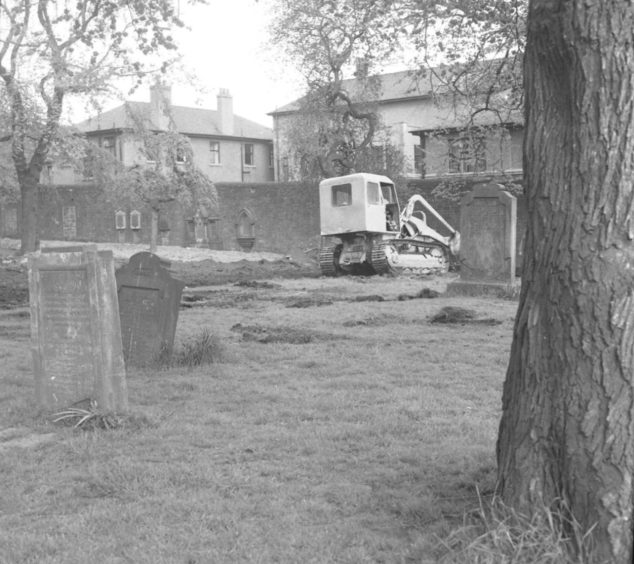
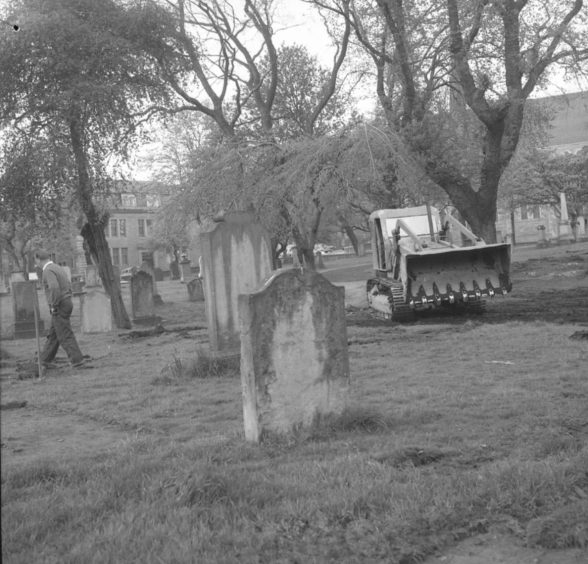
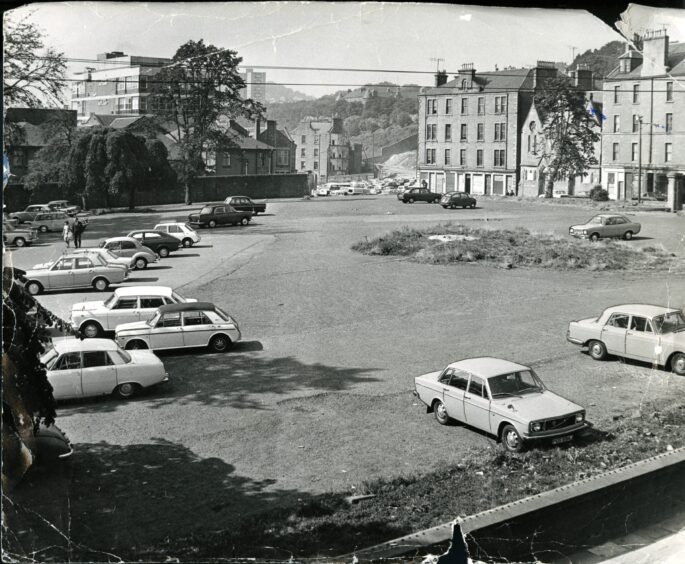
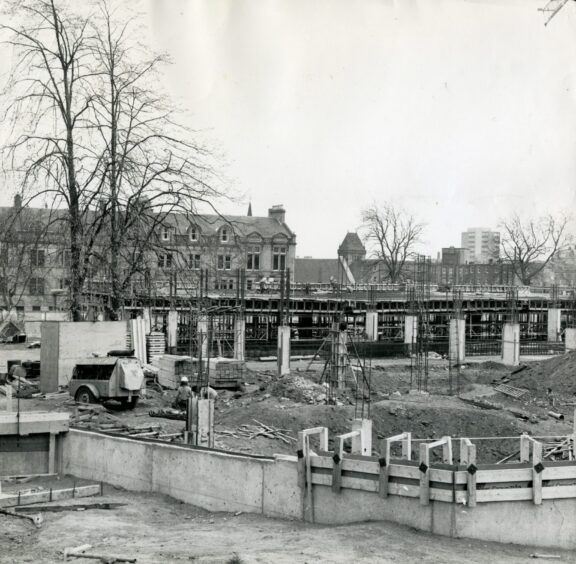
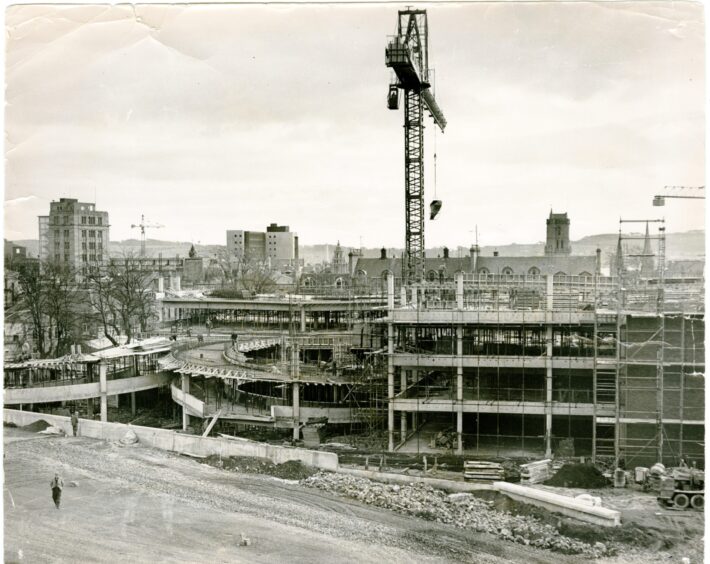
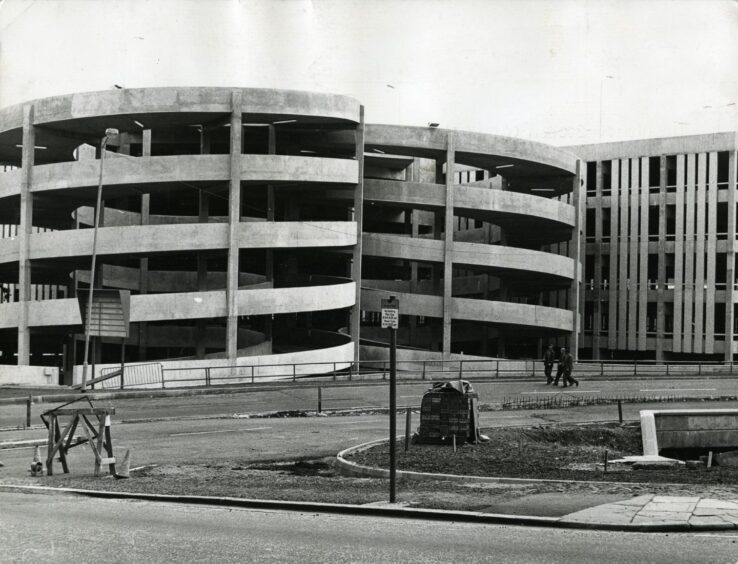
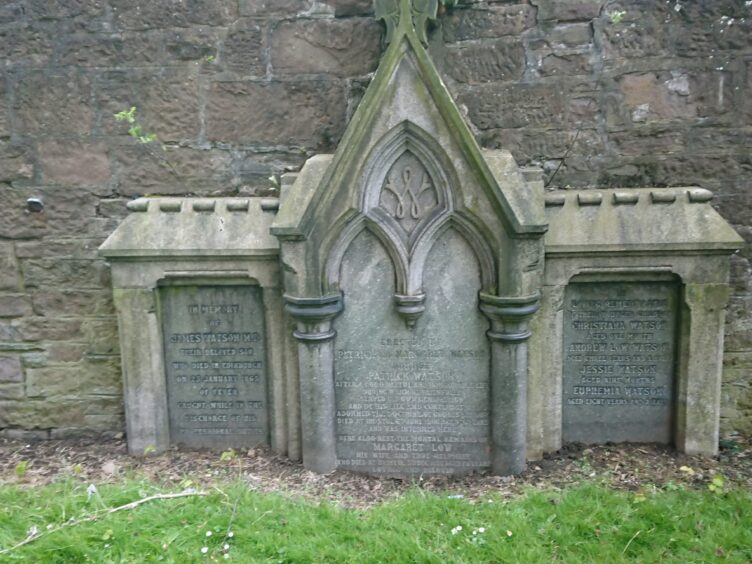
Conversation